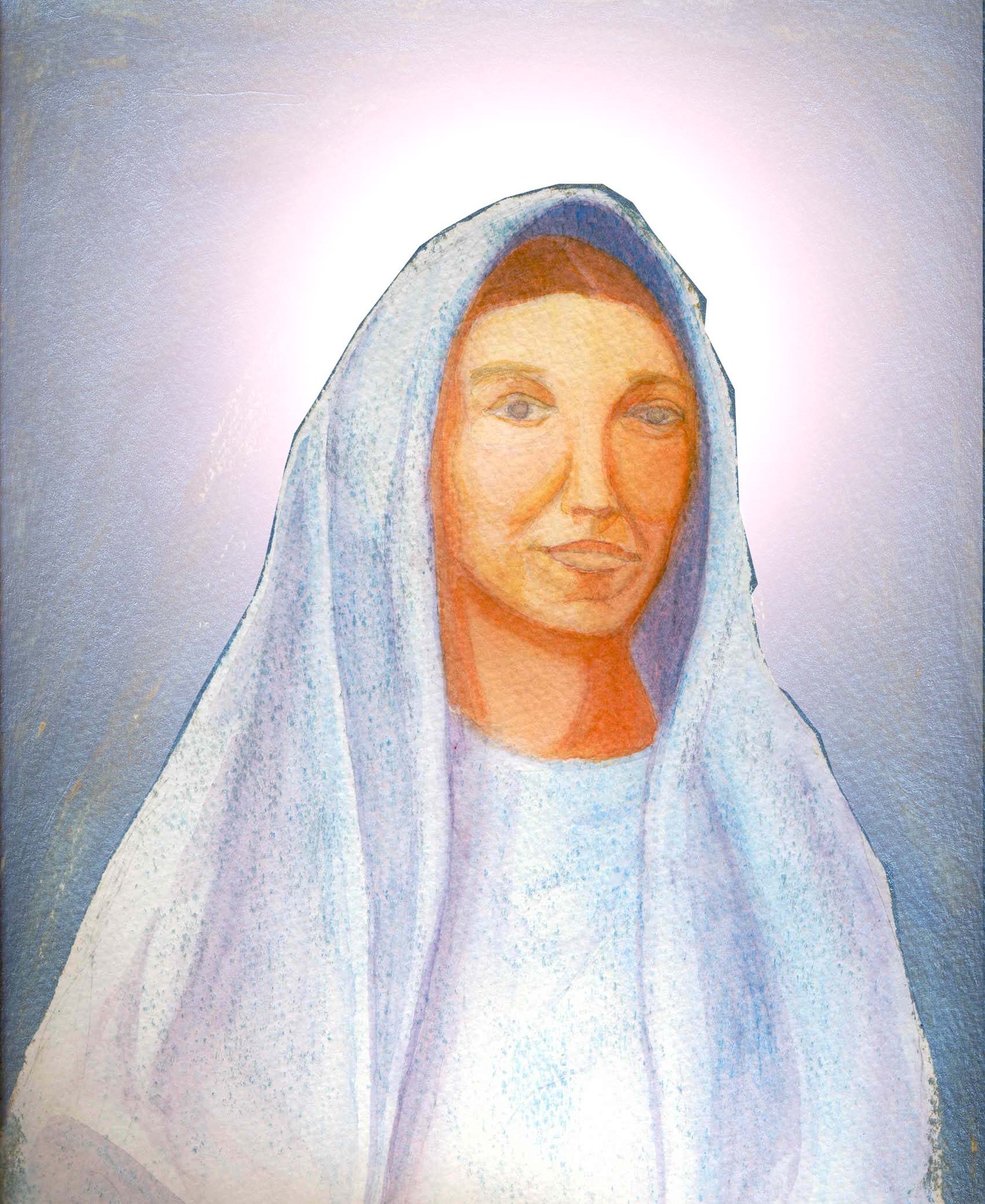
I have spent most of my spiritual life avoiding argument. It is usually a better idea to find common ground where one can and let people have their own spiritual truths. The exception would be if someone’s religious beliefs promoted violence, oppression, inequality, or caused physical harm. There are aspects of these negatives to most religions, particularly Monotheism, in which, not only is only one specific deity is recognized, but the worship of the deity is specific to one religion or religious sect. However, most people recognize the importance of extending the courtesy of religious freedom to others that they themselves would want to have extended to themselves. It prevents war.
This argument is really more of the bomb throwing kind. I’m not actually looking to start a fight, but I could easily avoid one by not making the following thesis: The Adam & Eve story is so ridiculous that it could never have been meant to be taken literally. That is; it was written by someone who thought the very idea of what they were writing was too ridiculous to be taken literally. It was probably a kind of teaching story that we lost the lesson part of in the ensuing millenia.
Here’s what I mean: Adam & Eve are created without original sin by an all-knowing, all-powerful, Loving, forgiving God. A God so loving and forgiving, he eventually sends Jesus to save mankind from itself. God places Adam & Even in the Garden of Eden, where they can eat or drink anything they want. The world is literally their oyster. With one notable exception: They cannot eat from the tree of knowledge of good and evil. You will probably agree that this is a very specific kind of tree. It’s not the tree of bad haircuts, or the tree of drunk driving; it’s the tree of knowledge of good and evil. And, although, the completely new, innocent and inexperienced Adam and Eve can eat from any tree in their garden, they can not eat of this tree. that’s also in their garden, where they can eat anything they want.
So at first they do pretty good. But then the devil comes as a snake in the grass to tempt Eve. And it works. She eats from the tree of knowledge of good and evil. And then she tempts Adam into doing it. And then God, who is everywhere, comes to the garden. The all-knowing God asks Adam and Eve what they were up to. Well, they hide, because what do they have now that they didn’t have before? Knowledge of good and evil. So they know they’ve done something wrong. So the All forgiving, loving God, what does He do to these first offenders? He Sentences them to death! And not just them; but all their progeny for all time. That’s me and you. We didn’t eat from the damn tree! Why are we being punished? So the all-knowing, all-wise God gave Adam and Eve free will and the all-powerful God put the temptation in their garden. In their refrigerator, if you will. “Hey, I’m gonna stock your fridge with food, you can eat whatever you want, but not this fruit that’s basically the same as all the other fruit except you can’t eat it.” “k. by.!”
What was the name of that tree? The tree of knowledge of good and evil. So, they didn’t know good from bad before they ate from the tree? So they couldn’t know it was wrong to do it? And God being all-knowing, knew they would eat from it. Hell, I knew they would eat from it, and I’m not all-knowing. So the all loving all forgiving, Just God punishes Adam and Eve for doing something they couldn’t conceive was wrong in the first place. And He’s punishing us for it, when we didn’t even do it! He gave them free will. He put the fruit tree in their garden and told them not to eat that one.
At this point, I would like to point out that I often use the analogy of a kid who sticks his finger in an electric socket when his parents have told him not to. The electric shock the kid suffers is not punishment for disobeying his parents, but merely the consequence of putting your finger in the socket. That’s not what’s happening to Adam and Eve. We are told specifically and repeatedly that this is punishment for disobeying God’s commandment. This God is an asshole.
That’s why I think this story was not meant to be taken literally. As Tori Amos says; “I thing the Good book is missing some pages…”
I think most of the fables in the Bible are meant to make us think. There are also some teachings that contradict others. There are some that I just don’t agree with. I think this is a case of “we don’t have the whole story.”
But it won’t make you think, if you just take it literally as this is how things are and how God operates. It’s not how things are, and it’s not how God operates. Learn to think, to ask questions.
I worship an all knowledgeable, all-powerful, all Loving God. This story does not depict that God.
















